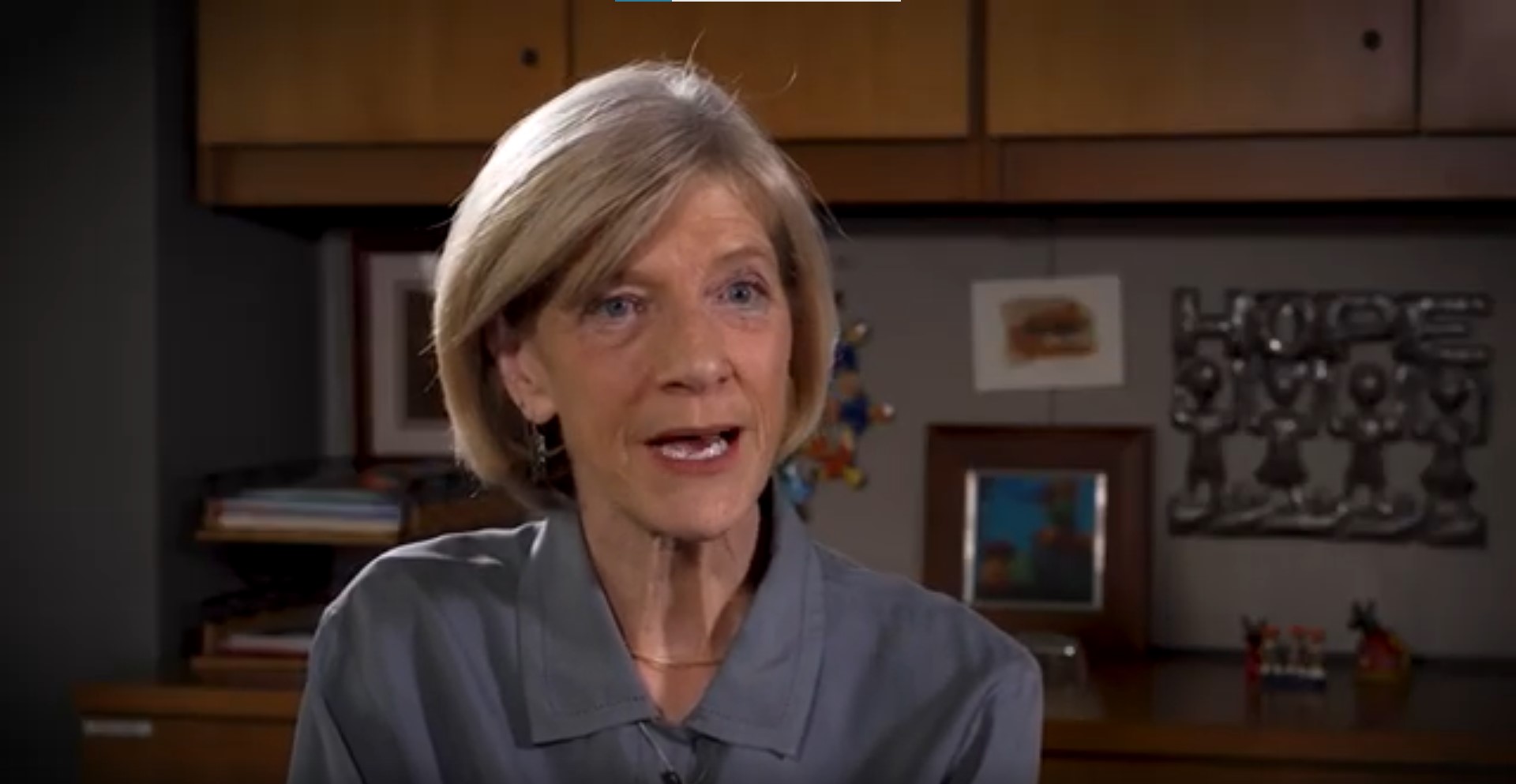LINCOLN, Neb. (Ivanhoe Newswire)—Studies find that parental involvement in a child’s education can lead to more learning, higher test scores and graduation rates, and more opportunities to pursue higher education. But parental involvement does not only mean helping with homework. Developing a strong parent-teacher partnership can make a huge difference.
For mom Paola Arita, getting her son Antonio to school was not always easy.
“It was hard for him to get adjusted in school. He didn’t want to go to school,” explained Paola.
So, when his teacher suggested a program to help, she was all in. Paola joined TAPP, or Teachers and Parents as Partners, which helps kids create action plans.
“When parents and teachers work together as partners, children succeed. It sets them up for success for life,” said Susan Sheridan, PhD, Director, Nebraska Center for Research on Children, Youth, Families and Schools
The children whose parents and teachers participated in TAPP were found to have better academic skills, were better able to stay on task, make better decisions at home and school, and got along better with their peers.
“Our research is finding that this investment of about eight to ten weeks where parents and teachers are working intently together, those gains persist at least a year out,” continued Sheridan.
Sheridan says parents can nurture the relationship with their child’s teacher by following the three C’s. The first C is communication.
“Share with the teacher tips and tidbits about what seems to be helping that child either have a better mood or behave more effectively,” stated Sheridan.
“It’s just so huge to know what the parent is seeing at home versus what we’re seeing at school,” explained Cassandra Warnell, a special education teacher.
Teachers can also help by sending positive messages to parents early.
“When a parent receives a phone call or a message from the teacher, they have this ‘oh no’ kind of reaction because oftentimes it means that there’s something wrong or the child has misbehaved or that there is a problem to be solved. And when you start in a relationship in a crisis mode or in a problematic kind of role, it makes it very hard to sort of shift from some adversarial kind of feeling to a positive, cooperative relationship,” said Sheridan.
“We definitely want to praise and give him that positive reinforcement instead of constantly nagging the misbehaviors,” continued Warnell.
“Simple things, like ‘the child did a really nice thing for a peer today,’ or ‘I love how funny he is,’ or ‘I can tell that you’re working really hard with Johnny because I’m seeing some real benefit,’” Sheridan explained.
The second C is collaboration. Work together to create goals to help the child achieve desired behavior and skills. And the third C is consistency.
Sheridan said, “Parents continue to be engaged over the long haul. So, it’s not just one year or with one teacher or one circumstance where the child might be struggling.”
Paola saw a big difference in her son after taking part in TAPP.
“My son was able to learn that there are some rules that they have to follow for us to be able to grow and meet the goal,” smiled Paola.
Sheridan says teachers and parents partnering up can help students at all grade levels, but the majority of the data shows lasting benefits of TAPP for students between kindergarten and fifth grade, and for their teachers.
Contributors to this news report include: Cyndy McGrath, Executive Producer; Milvionne Chery, Field Producer; and Roque Correa, Editor.
Produced by Child Trends News Service in partnership with Ivanhoe Broadcast News and funded by a grant from the Institute of Education Sciences (IES).

